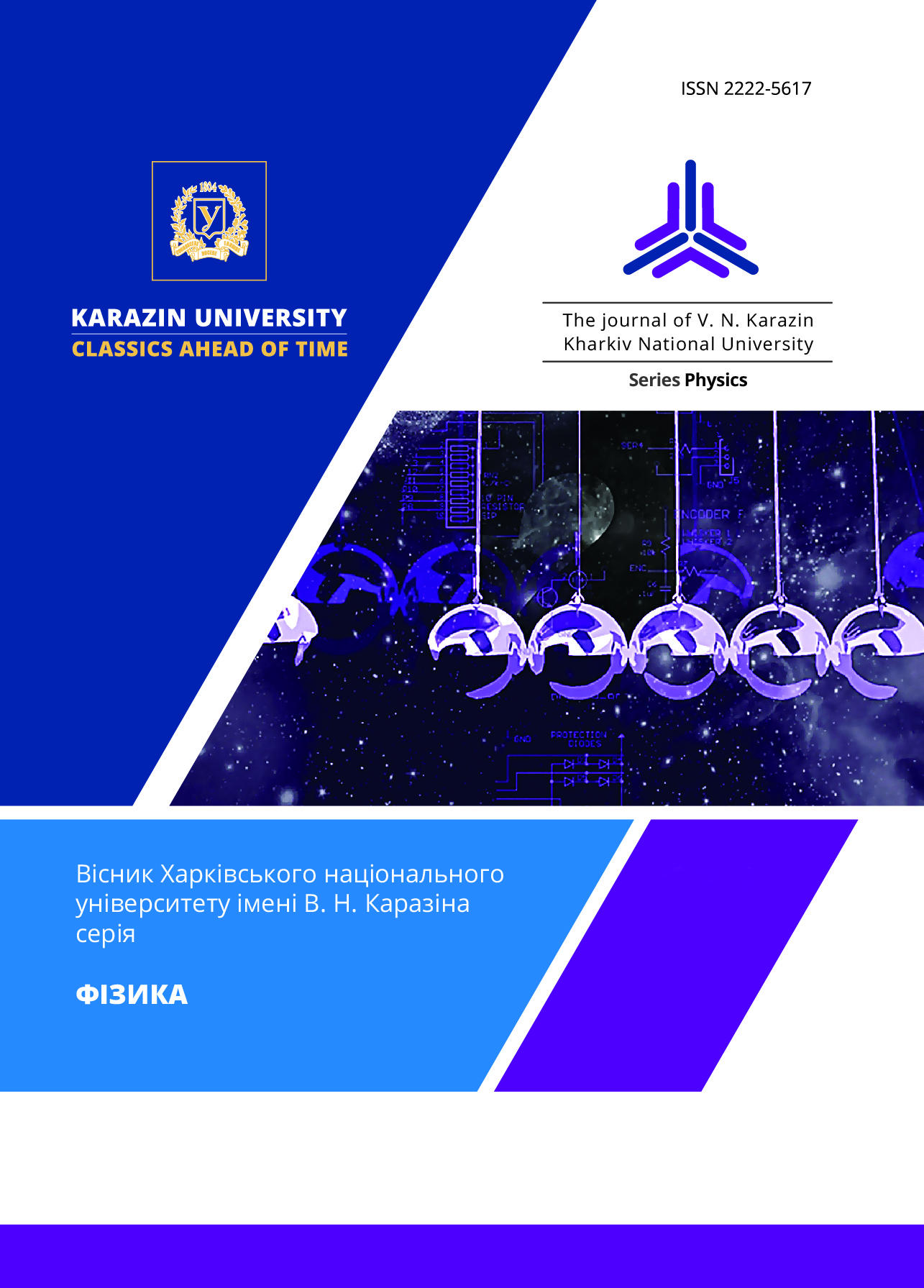Emission from Josephson junctions with Gaussian distribution of critical currents
Abstract
The model which allows to obtain the spectrum of emission of systems of Josephson junctions with the inhomogeneous distributions of critical currents along junctions is developed. With the use of this model we study electrical properties of systems in which junctions have the Gaussian distributions of critical currents. In particular, IV-characteristics and power of emission from inhomogeneous junctions with dimensions smaller than the Josephson depth of penetration of magnetic field have been investigated.
We showed that for such junctions the dependence of emitted power on voltage (i.e. the spectrum of emission) had maxima at voltages corresponded to Fiske steps in the whole range of voltages, though in the IV-characteristics particularities (nuclei of zero-field steps) were not seen and they could be revealed only in derivatives of these curves. The comparison of our results with similar results which we obtained earlier for long junctions allows to suppose that the investigated mechanism of the formation of zero-field steps is general and it is valid for both long and short junctions. We investigated the averaged on random realizations height of some maximum of emitted power at different values of the Gaussian standard deviation of critical currents and found the square dependence of this height on the dimensionless parameter which characterizes the standard deviation. This result was in agreement with the theory of zero-field
steps. We also considered electrical properties and power of emission from the stack of two long interacting with each other Josephson junctions in magnetic field. Each of the junctions had small (about 10-3 %) Gaussian distribution of critical currents. We found that
if magnetic field was absent then there were only normal modes in the system (namely, the in-phase mode and the anti-phase mode).
Zero-field steps were formed at voltages corresponded to the split even Fiske step. There were only normal modes in the system also when the relation of magnetic field to the value of the magnetic field at which the critical current becomes zero was more than 0.6.
When this relation was smaller, other modes existed as well. We supposed that some normal modes could be destroyed because due to magnetic field standing waves were formed at both odd and even Fiske steps, so some modes could be locked with standing waves.
Downloads
References
2. G. Kuwano et. al., Phys. Rev. Applied, 13, 014035 (2020). https://doi.org/10.1103/PhysRevApplied.13.014035
3. Kashiwagi et al., Materials 14, 1135 (2021). https://doi.org/10.3390/ma14051135
4. A. E. Koshelev, L. N. Bulaevskii. Phys. Rev. B77, 014530 (2008). DOI:https://doi.org/10.1103/PhysRevB.77.014530
5. Antonio Barone, Gianfranco Paternò. Physics and applications of the Josephson effect, John Wiley and sons, New York. (1982), 529 pp. DOI:10.1002/352760278X
6. I. O. Kulik. Zh. Eksp. Teor. Fiz. Pis. Red., 2, 134 (1965) [JETP Lett., 2, 84 (1965)].
7. C. Camerlingo, M. Russo, R. Vaglio, J. Appl. Phys., 53, 7609 (1982). https://doi.org/10.1063/1.330134
8. Alexander Grib, Paul Seidel and Masayoshi Tonouchi, Supercond. Sci. Technol., 30, 014004 (2017). https://doi.org/10.1088/0953-2048/30/1/014004
9. Alexander Grib and Paul Seidel, IEEE Trans. Appl. Supercond., 26, 1801004 (2016). doi: 10.1109/TASC.2016.2535148
10. Alexander Grib and Paul Seidel, IEEE Trans. Appl. Supercond., 27, 1800604 (2017). doi: 10.1109/TASC.2016.2636560.
11. A. Grib, S. Savich, R. Vovk, V. Shaternik, A. Shapovalov, P. Seidel, IEEE Trans. Appl. Supercond., 28, 1801106 (2018). doi: 10.1109/TASC.2018.2865468.
12. R. Kleiner and P. Müller, Phys. Rev. B 49, 1327 (1994). DOI:https://doi.org/10.1103/PhysRevB.49.1327








3.gif)
